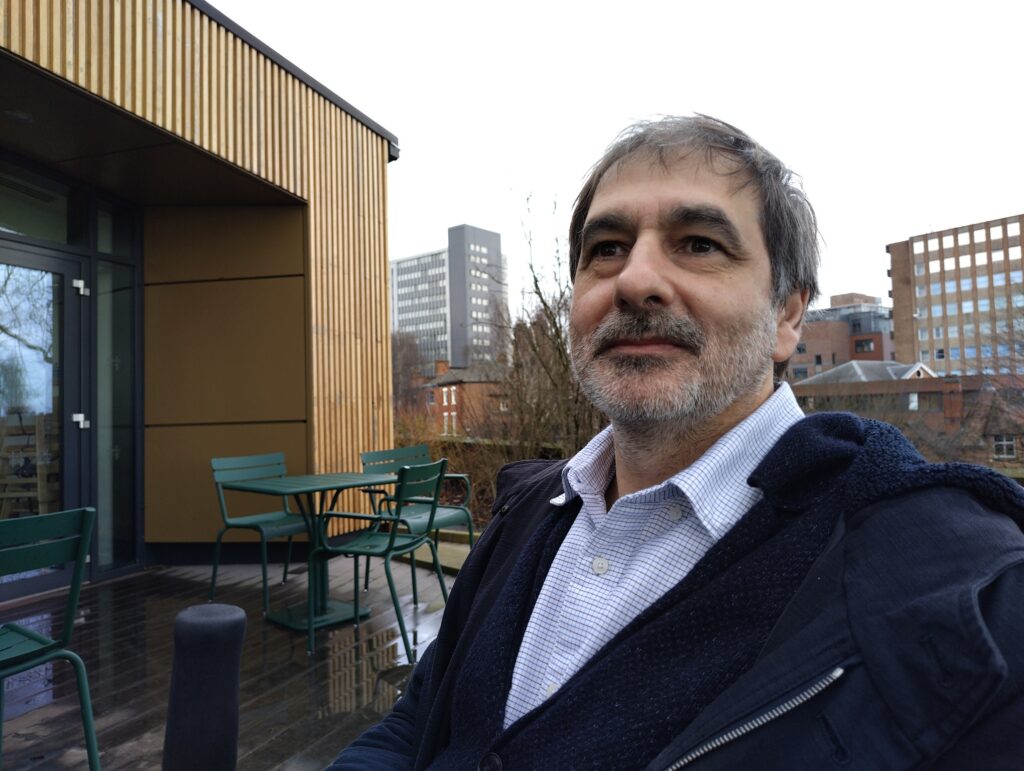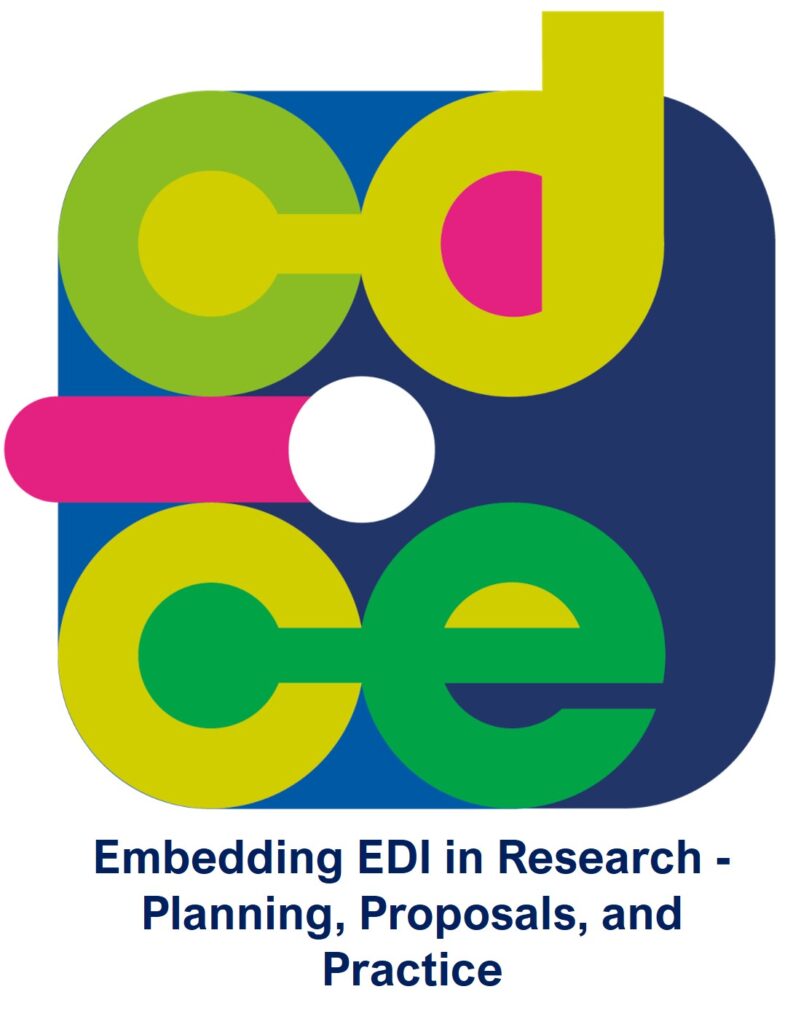Alvaro Bort took a look at the new training for inclusive research. It’s a resource for researchers at any stage who want their grant proposals to reflect inclusion and diversity. It was created by C-DICE (Centre for Postdoctoral Development in Infrastructure, Cities and Energy) but is not limited to researchers in this area. The training can be accessed here: https://www.cdice.ac.uk/online-training-resources/


Tell me about this training; who is it for?
Academics in any area writing research proposals who want advice about tuning their proposal to include elements of equality diversity and inclusion (EDI). Anyone in academia could take the training, even PhD students, who want to create a proposal that pays attention to these aspects.
How is the training delivered?
The training goes through a step-by-step guide for researchers preparing a proposal. It teaches you to tailor your research proposal to include these aspects. It is very different to institutional EDI training which focuses on legal aspects and workplace behaviour. It focuses on different sections of the proposal and gives you advice on how you can include EDI aspects in each.
How was the training structured?
The training took me two hours. It was broken into six modules. There are videos and quizzes. It can be done all at once or in sections pausing when you need more time.
What are the main things you learned that will change how you will write proposals?
I learned a lot about data gathering and how to be inclusive in data gathering to avoid biased processes. I also learned the difference between being active and passive in my assumptions. For example if my survey should only be taken by over eighteen year olds I could passively assume that all QMUL students are over eighteen but this turns out to be incorrect I need to actively ensure there is an age check. When you are collecting data you need to be proactive in order to include minorities that may not engage with your research for various reasons. For example, a survey about green energy might attract certain groups and exclude others implicitly if you don’t seek to engage them.
How will it help you write research proposals?
There is a template and checklist that helps you systematically when you are preparing a proposal. It can help you organise your thoughts and how to talk about impact with EDI in mind. Impacts of research can be positive or negative and not all groups may be impacted in the same way. Showing you consider that can be an important part of a well written impact statement. You can also shows that you have thought about how to mitigate negative impacts.